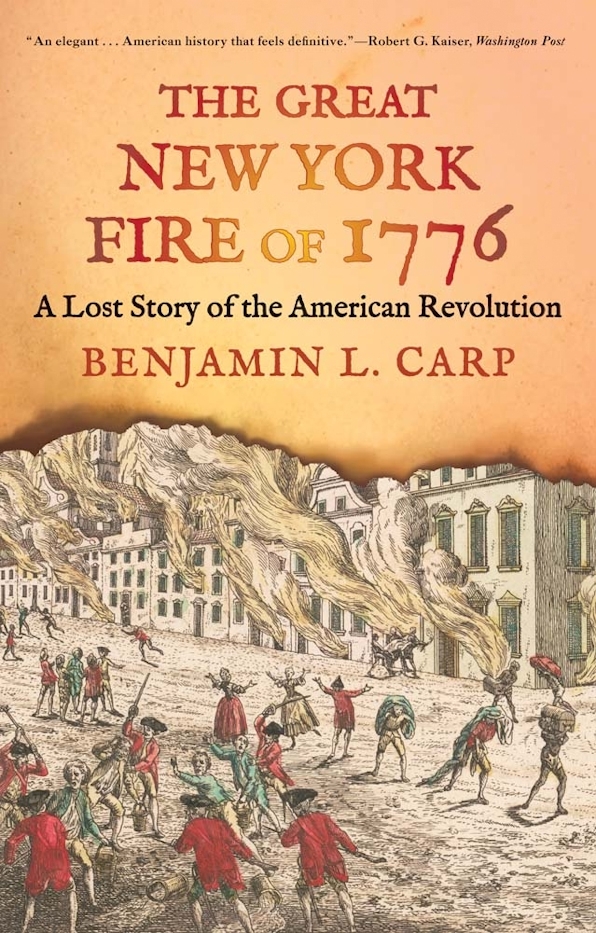On July 9, 1776, General George Washington amassed his soldiers in New York City. They would soon face one of the largest amphibious invasions yet seen. If the British took the city, they’d secure a strategic harbor on the Atlantic Coast from which they could disrupt the rebels’ seaborne trade. Washington thus judged New York “a Post of infinite importance” and believed the coming days could “determine the fate of America.” To prepare, he wanted his men to hear the just-issued Declaration of Independence read aloud. This, he hoped, might “serve as a fresh incentive.”
But stirring principles weren’t enough. By the end of August, the British had routed Washington’s forces on Long Island and were preparing to storm Manhattan. The outlook was “truly distressing,” he confessed. Unable to hold the city—unable even to beat back disorder and desertion among his own dispirited men—Washington abandoned it. One of his officers ruefully wished that the retreat could be “blotted out of the annals of America.”
As if to underscore the loss, a little past midnight five days after the redcoats took New York on September 15, a terrible fire broke out. It consumed somewhere between a sixth and a third of the city, leaving about a fifth of its residents homeless. The conflagration could be seen from New Haven, 70 miles away.
New York’s double tragedy—first invaded, then incinerated—meant a stumbling start for the new republic. Yet Washington wasn’t wholly displeased. “Had I been left to the dictates of my own judgment,” he confided to his cousin, “New York should have been laid in Ashes before I quitted it.” Indeed, he’d sought permission to burn it. But Congress refused, which Washington regarded as a grievous error. Happily, he noted, God or “some good honest Fellow” had torched the city anyway, spoiling the redcoats’ valuable war prize.
For more than 15 years, the historian Benjamin L. Carp of Brooklyn College has wondered who that “honest fellow” might have been. Now, in The Great New York Fire of 1776: A Lost Story of the American Revolution, he cogently lays out his findings. Revolutionaries almost certainly set New York aflame intentionally, Carp argues, and they quite possibly acted on instructions. Sifting through the evidence, he asks a disturbing question: Did George Washington order New York to be burned to the ground?
The idea of Washington as an arsonist may seem far-fetched. Popular histories of the American Revolution treat the “glorious cause” as different from other revolutions. Whereas the French, Haitian, Russian, and Chinese revolutions involved mass violence against civilians, this one—the story goes—was fought with restraint and honor.
